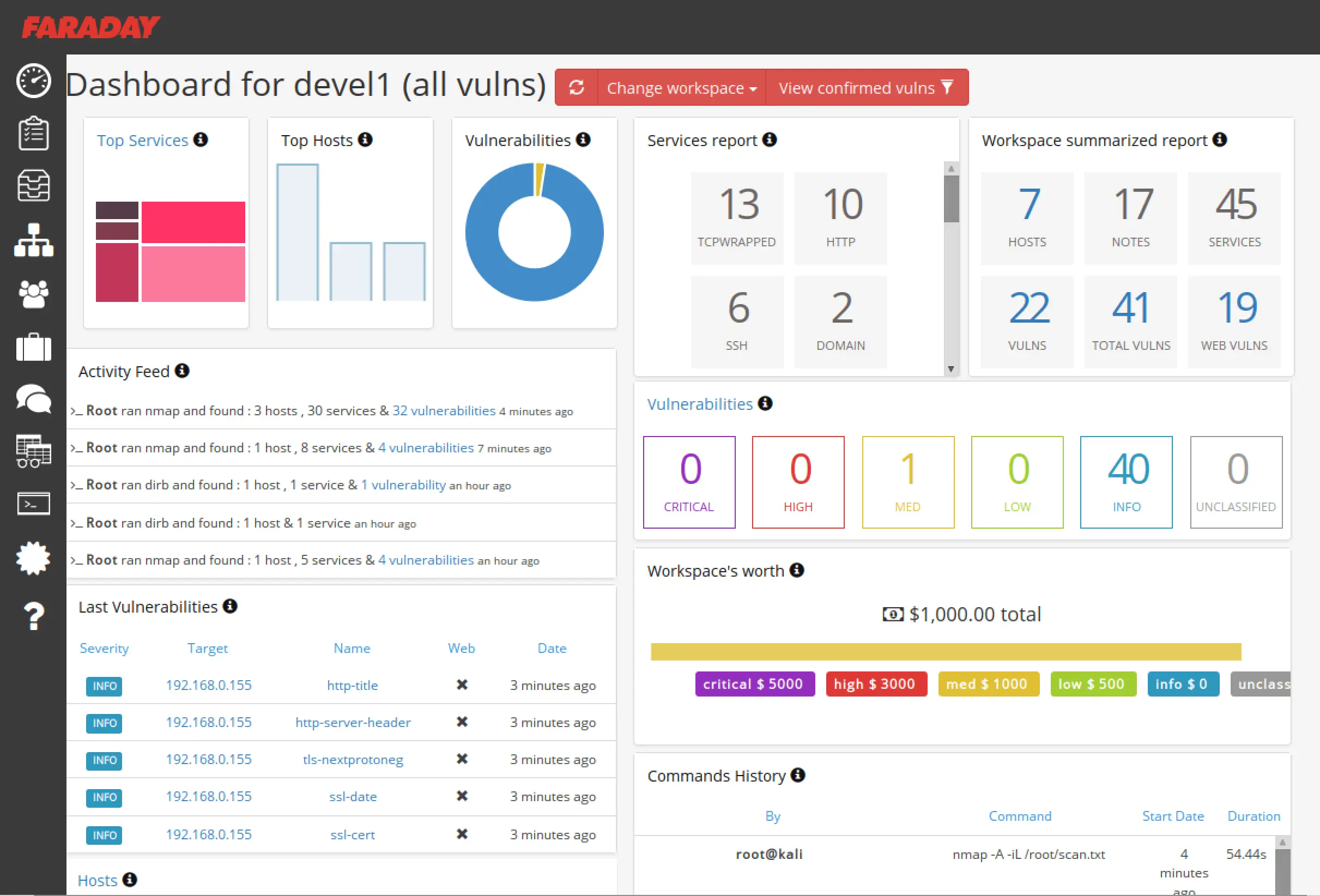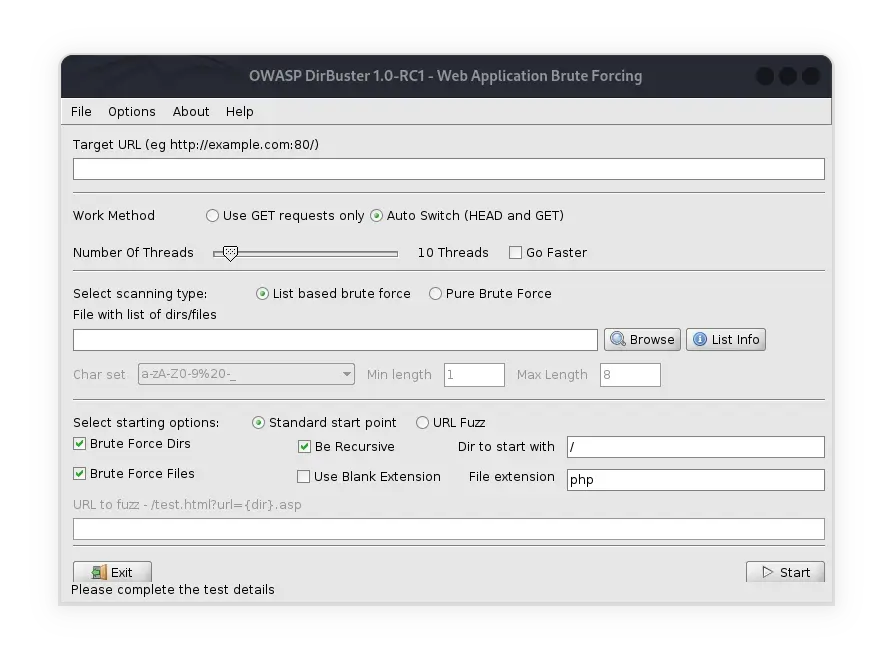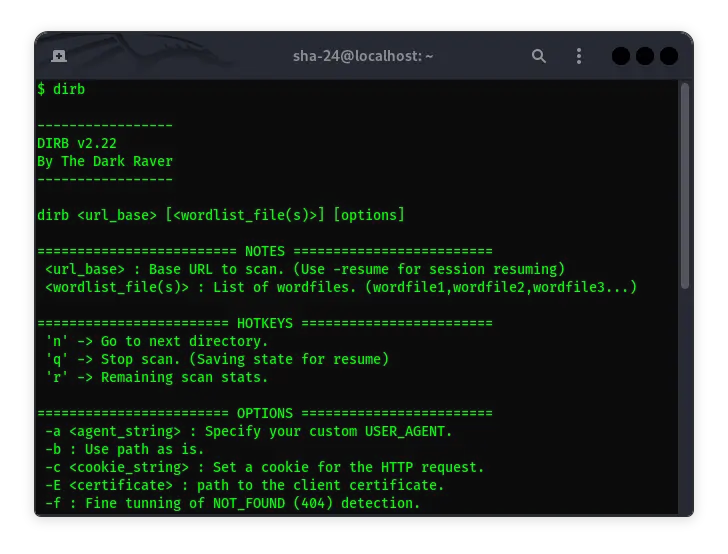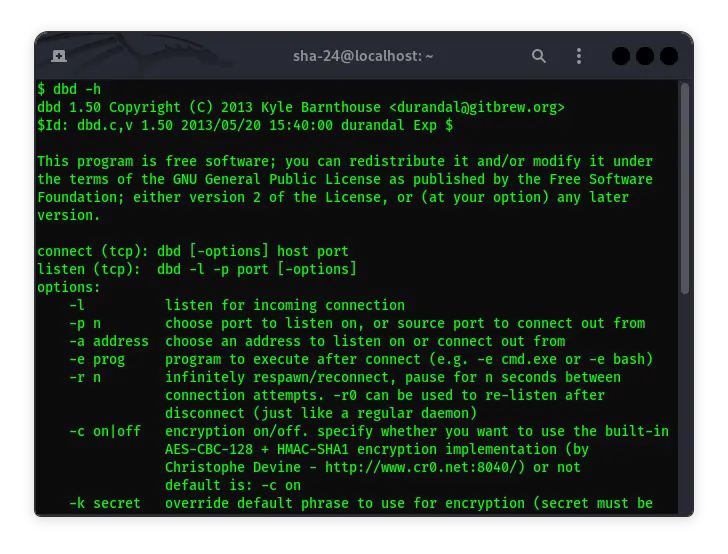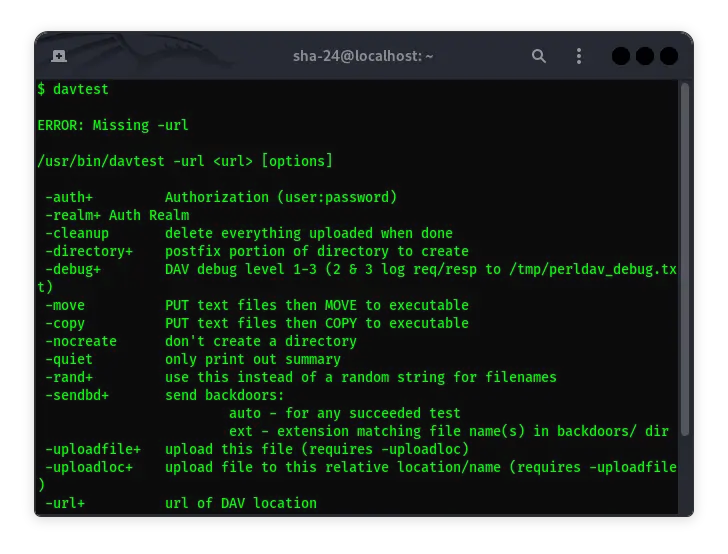Published on May 24, 2025
How to Use Skipfish on Kali Linux: Complete Guide for Beginners
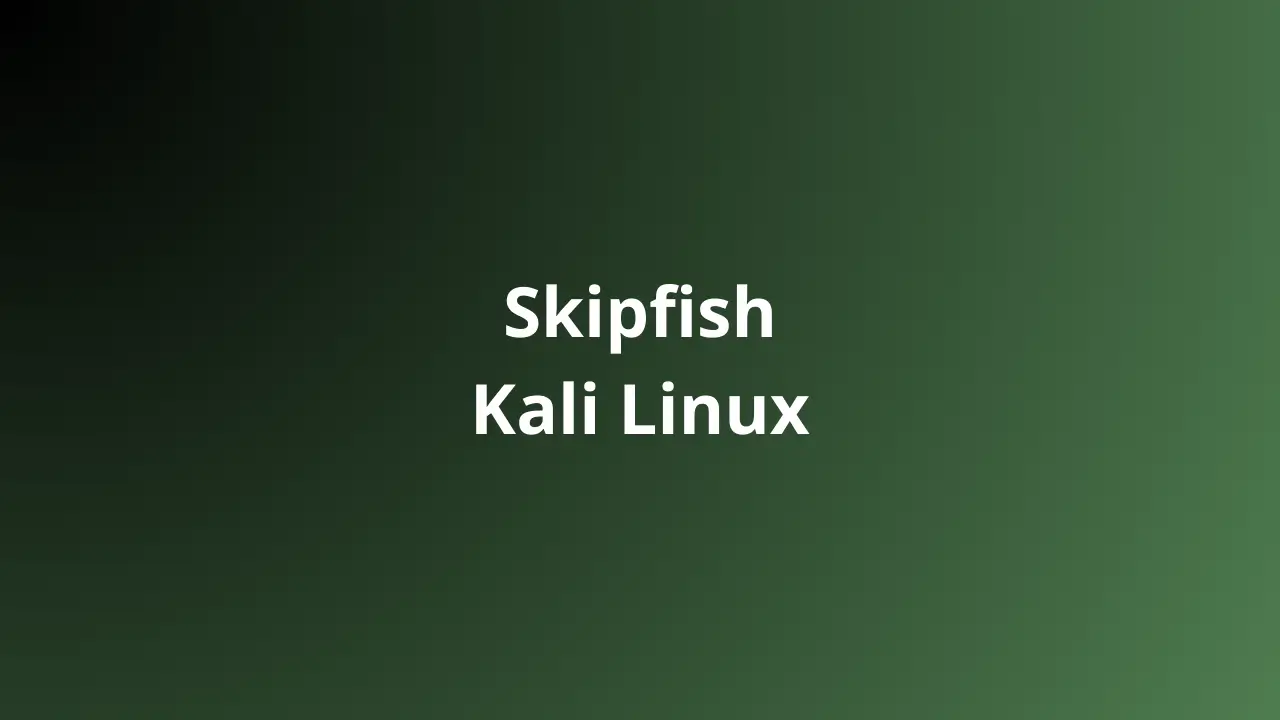
Skipfish is a web security scanning tool developed by Google. It is designed to automatically scan websites and provide reports on potential security vulnerabilities. Skipfish is very useful for cybersecurity professionals to test the security of their web applications.
Kali Linux, which is known as a Linux distribution specifically for penetration testing, provides Skipfish by default. In this article, we will discuss in detail how to use Skipfish in Kali Linux, from installation to analyzing the scan results.
What is Skipfish?
Skipfish is a web-based security scanning tool that uses the brute-force method to collect data from target websites. It is designed to provide fast and accurate results, with a heuristic-based approach. Skipfish is very useful for pentesters and security administrators to identify vulnerabilities in web applications.
Skipfish Key Features
- Fast and automatic scanning
- Support for multiple authentication types
- Reports in easy-to-read HTML format
- Uses a heuristic approach to detect vulnerabilities
- Runs on Unix-based systems, including Kali Linux
Installing Skipfish on Kali Linux
By default, Skipfish is already installed on Kali Linux. However, if you want to make sure or reinstall it, you can use the following command:
sudo apt update && sudo apt install skipfish -y
After the installation is complete, you can check whether Skipfish is installed by running the command:
skipfish -h
If a list of available options and parameters appears, it means that Skipfish is installed correctly.
Running Skipfish for Website Scanning
To run a scan using Skipfish, use the following command:
skipfish -o hasil_scan http://targetwebsite.com
Explanation of the above command:
-o hasil_scanspecifies the output folder where the scan results will be saved.http://targetwebsite.comis the address of the website to be scanned.
Additional Parameters in Skipfish
Skipfish has several additional parameters that can be used to optimize the scan:
- Specifying a Wordlist
Skipfish uses a wordlist to brute-force URLs. You can specify a wordlist with the -W option:
skipfish -W /usr/share/skipfish/dic/medium.wl -o hasil_scan http://targetwebsite.com
- Limiting the Number of Requests Per Second
To avoid overloading the target server, you can limit the number of requests with the -r option:
skipfish -r 10 -o hasil_scan http://targetwebsite.com
- Ignoring Specific Domains or Directories
If you want to ignore specific directories, use the -X option:
skipfish -X /admin -o hasil_scan http://targetwebsite.com
- Adding Custom Headers
If you need to use custom headers, use the -H option:
skipfish -H "User-Agent: CustomScanner" -o hasil_scan http://targetwebsite.com
Analyzing Scan Results
After the scan is complete, the results will be saved in a specified folder. To view the report, simply open the index.html file in your browser:
firefox scan_results/index.html
The report will contain information about:
- The structure of the scanned page
- Potential security vulnerabilities
- Server errors or suspicious HTTP status codes
Tips for Using Skipfish Effectively
- Use a larger wordlist - The larger the wordlist you use, the more information you will get.
- Limit the scan speed - Avoid overloading the target server by setting a limit on requests per second.
- Combine with other tools - Use Skipfish in conjunction with tools like Nmap and Nikto to get more comprehensive results.
- Always ask permission before scanning a website - Scanning without permission can be considered illegal and dangerous.
Conclusion
Skipfish is a very useful tool for web application security testing. With its advanced features, Skipfish can help identify potential security holes in a website. By understanding how to use Skipfish on Kali Linux, you can effectively improve the security of your web applications.
Use this tool wisely and always make sure that you have permission before performing a scan. Hopefully, this guide will help you understand and use Skipfish better!

